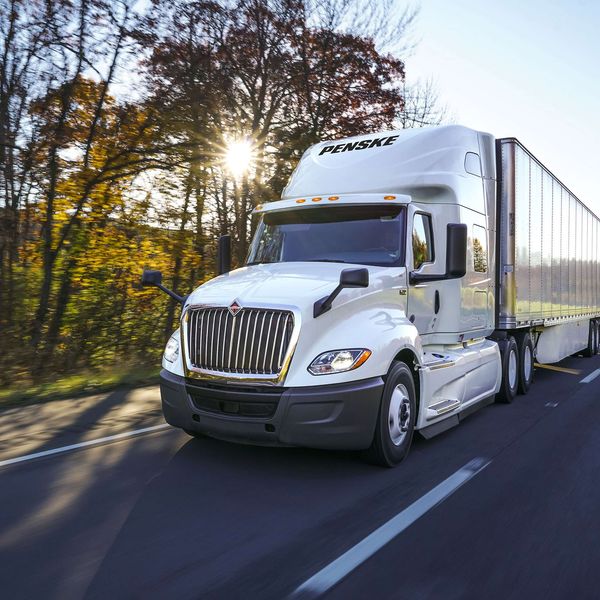Use of Private Trucking Fleets Continues To Increase
Gain greater control of your supply chain

For the past 11 years, companies have been increasing the number of shipments, as well as the volume and value of their in-house transportation freight movements, in an effort to gain greater control over their supply chains, improve service and manage costs.
The National Private Truck Council's (NPTC’s) 2025 Benchmarking Survey reported that private fleets handle more than 70% of outbound shipments and 43% of inbound shipments. This year, shipments increased 11.7%, volume increased 8.2%, and the value of private fleet freight movements increased 6.6%.
“We're setting the bar higher, and every year we continue to rise above the prior year's performance, which is a testament to the professionalism of those folks running the fleets in our operation,” said Tom Moore, executive vice president of the National Private Truck Council.
Private fleets indicated that they will continue investing in their operations, with 48% of respondents noting that they plan to expand their equipment or increase their fleet size, and 28% expect to take on a larger share of their company's freight.
The report, sponsored by Penske, also found that private fleets are expanding their networks of distribution centers and warehouses due to business growth, mergers and acquisitions, and a need to create a more driver-friendly network.
Leasing as a Strategy
Fleets use a combination of leasing, ownership and rental strategies. In the latest NPTC report, 55% of respondents either lease 90% of more of their heavy-duty power equipment or use a combination of leasing and ownership. Leasing can provide several benefits, including the ability to increase capacity without an upfront investment, gain access to late-model equipment and outsource maintenance needs.
Increased Capacity
Flexible leasing and rental solutions allow fleets to expand their capacity without requiring upfront capital investments, which can preserve capital and maintain cash flow. Penske's full-service leases and rental trucks also include maintenance and support services, which can reduce unexpected expenses and make budgeting easier.
As capacity increases, compliance and back-office needs typically increase as well. Penske assists customers with licensing, taxes and regulatory requirements, freeing up the administrative needs of a fleet.
Late-Model Equipment
Leasing also makes it easier to upgrade equipment regularly, ensuring access to the latest technology and fuel-efficient models. The average age of equipment overall is under 4.4 years. The average age is higher for owned equipment — 5.34 years — compared to those that lease all of their equipment — 3.2 years.
Greater Access to Data
Data is critical to efficient fleet management, especially as fleets grow. Penske’s Fleet Insight platform gives users real-time visibility into utilization, fuel consumption and maintenance needs. Within the platform, Catalyst AI’s benchmarking capabilities allow fleets to compare their performance against similar fleets and identify opportunities for improvement, and enable management to make informed decisions as operations expand.
Maintenance Management
Maintenance can be another pain point for expanding fleets, and more and more fleets are outsourcing their maintenance needs. Among respondents, 41% of fleets report outsourcing nearly all of their maintenance, with just 17% conducting all or nearly all of their own maintenance, the lowest level in the survey's history. Maintenance is becoming more challenging as equipment becomes more complex.
Penske’s nationwide network of service facilities and on-site maintenance programs can streamline the maintenance process. Penske's data-driven, predictive and AI-powered maintenance solutions can help technicians anticipate and address problems in advance, further reducing downtime. Penske also provides 24/7 roadside assistance and replacement vehicles to drive uptime.
